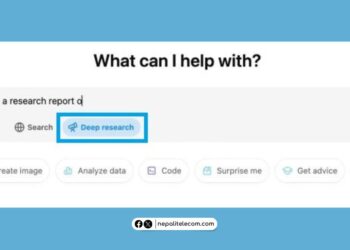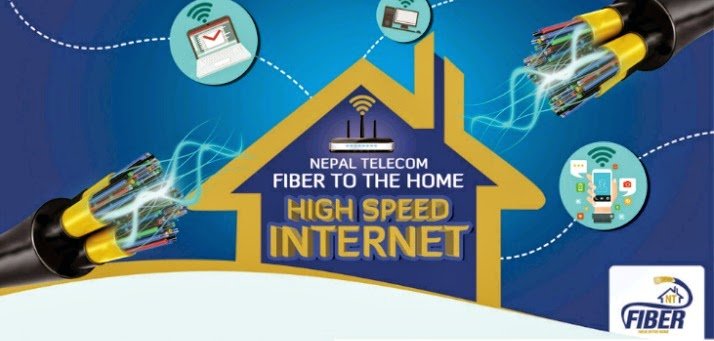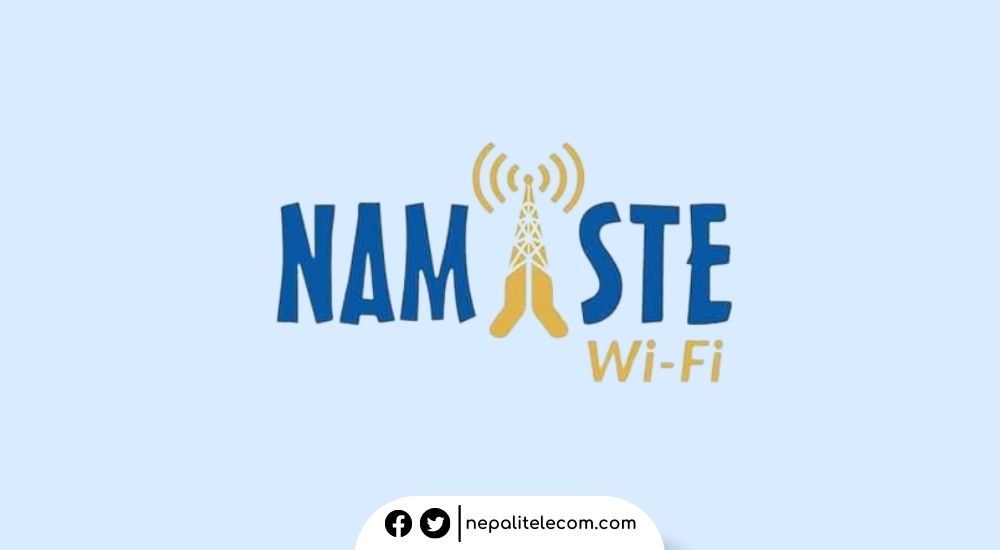If you thought America already had the fastest internet across the globe, you might have been incorrect. That is because on Thursday, March 14, the country’s telecommunications regulator, the Federal Communications Commission (FCC) raised the minimum broadband internet metrics to 100 Mbps for download after a 3:2 vote in the favor. With this move, the authority in US expects to improve connectivity for the country’s low-economy households.
Setting new benchmark metrics for what should be pronounced the broadband internet, the FCC quadrupled the download speed to 100 Mbps and set 20 Mbps for upload speed. The new internet metrics are better suited to meet the current day demands of internet users. Still, the figures come as a surprise given how dominant the US is in terms of tech and innovation including internet connectivity.
Check out: How to check internet speed on your PC, Phone?
“This fix is overdue,” said FCC Chair Jessica Rosenworcel adding, “It also helps us better identify the extent to which low-income neighborhoods and rural communities are underserved.”
Going forward, the authority will use the current internet metrics to analyze the conditions of broadband internet on the customers’ side. It will gather data on which areas around the country are getting sufficient bandwidth speed and which are not. The aim is to remove the discrepancy and promote digital inclusion. In 2021, the FCC also offered broadband subsidies for low-income houses to provide them with ample internet speed to help them meet their bandwidth demands during the Covid-19 lockdown. The standard 100 Mbps download speed definition also seeks to improve the user experience for such communities in the country.
Also read: FCC Chair Calls for Equal Focus on Transmitting and Receiving
America fixes its minimum broadband speed at 100 Mbps for download
The 100 Mbps is barely an incredible number. But what’s more striking is the previous broadband metric. In 2015, the FCC increased the download speed from 4 Mbps to 25 Mbps and the upload speed from 1 Mbps to 3 Mbps. However, the US senators and the FCC itself agreed that it was still low and called for a higher benchmark. Rosenworcel added: “Millions of people in rural, urban, and Tribal communities still do not have the broadband they need to fully participate in modern life. We are working on it.”
So, it’s not hard to derive that internet penetration and uniformity are not as accomplished as one might expect in such an affluent nation. An FCC data from December 2022 highlighted this. According to the report, around 45 million US citizens had “no access to both 100/20 Mbps fixed-line internet and 35/3 Mbps mobile 5G-NR service.” Check out: 5G vs Fiber: Find Out Which Is Better?
While voting for the new minimum broadband internet speed, in America, FCC also issued its long-term vision of increasing the broadband metric to 1,000 Mbps (1 Gbps) for download and 500 Mbps for upload.
Despite the new speed metrics, around 60% of American households have already got access to fiber internet. In fact, the country is one of the most connected countries in the world with China and India in terms of internet subscribers. So the latest development is a step to further improve the state of the country’s broadband connectivity.
By the way, what do you think of the service you are getting from your internet service provider (ISP)? Are you getting the performance you pay for or expect improvement? Do share your honest opinion in our comments below.













